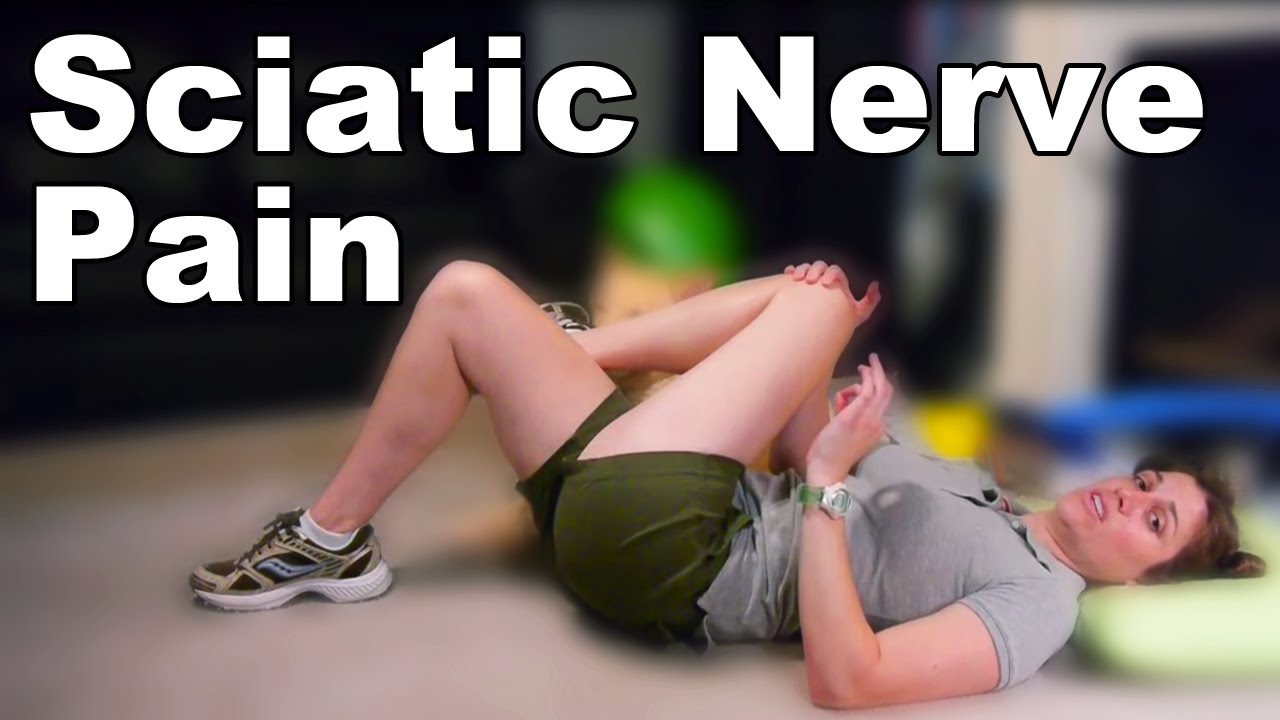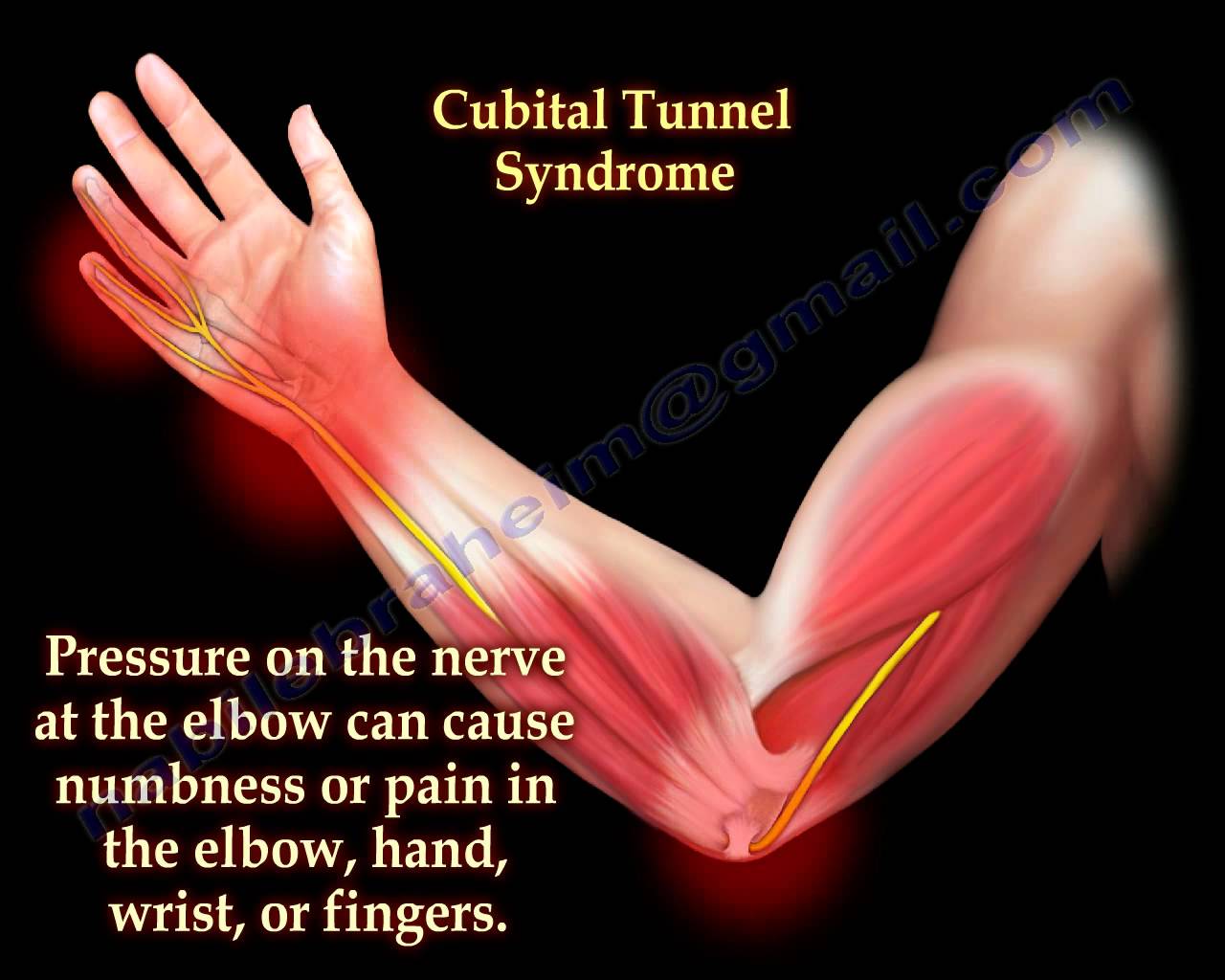Sciatic Nerve Pain Stretches & Exercises: http://www.AskDoctorJo.com Doctor Jo shows you some simple stretches if you are having sciatic nerve pain. The best stretches to help get rid of sciatic nerve pain are piriformis stretches. There are several different stretches you can do. Pick the one that works best for you! For more physical therapy videos or to Ask Doctor Jo a question, visit http://www.AskDoctorJo.com
Doctor Jo on Facebook: http://www.facebook.com/AskDoctorJo
Doctor Jo on Twitter: http://www.twitter.com/AskDoctorJo
More Details About This Video:
Sciatic pain usually occurs in the buttocks area, and it can often be caused from a tight muscle in the buttocks area called the piriformis muscle. People often describe the pain as achy, shooting, heavy, and just a pain in the butt…literally. This video will show you some simple stretches to keep the pressure off that sciatic nerve!
The first stretch for your piriformis will be on your back. Cross the leg over that is hurting into a figure 4 position. Grab the knee on the same side of the pain with your opposite hand, and pull it up and across your body to the opposite shoulder. Hold the stretch for 30 seconds and perform 3 times. The next stretch, you will keep the figure 4, and pull the good leg up towards your chest. You can use a belt or leash to help pull the leg up if your hips are not very flexible. Finally, turn over onto all fours, or quadruped and cross the injured side in front of you. This is going to be a big stretch, so only do this if you are not feeling much of a stretch with the other exercises. Once you cross your leg over, lean down towards the floor to the opposite shoulder.
DISCLAIMER: Doctor Jo is a licensed Physical Therapist and Doctor of Physical Therapy, however, this video is only designed to help you perform the correct technique of exercises that have ALREADY been given to you by your health professional. They are NOT to take the place of going to your own doctor or therapist. There are many manual techniques that a therapist can do that simply can not be done on your own. Your own therapist will also ensure that you are doing correct techniques with your exercises and stretching. If these techniques aren't done right, they won't help, and they could make things worse. So, if you experience any pain while doing these techniques, STOP immediately and see your doctor.

